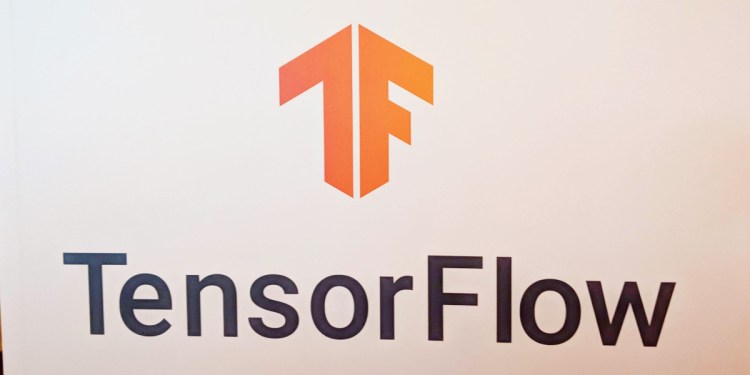Watch all the Transform 2020 sessions on-demand here.
Google today introduced Neural Structured Learning (NSL), an open source framework that uses the Neural Graph Learning method for training neural networks with graphs and structured data.
NSL works with with the TensorFlow machine learning platform and is made to work for both experienced and inexperienced machine learning practitioners. NSL can make models for computer vision, perform NLP, and run predictions from graphical datasets like medical records or knowledge graphs.
“Leveraging structured signals during training allows developers to achieve higher model accuracy, particularly when the amount of labeled data is relatively small,” TensorFlow engineers said in a blog post today. “Training with structured signals also leads to more robust models. These techniques have been widely used in Google for improving model performance, such as learning image semantic embedding.”
NSL can train with supervised, semi-supervised, or unsupervised learning to create models that use graphical signals for regularization during training, in some instances with less than five lines of code.
June 5th: The AI Audit in NYC
Join us next week in NYC to engage with top executive leaders, delving into strategies for auditing AI models to ensure fairness, optimal performance, and ethical compliance across diverse organizations. Secure your attendance for this exclusive invite-only event.
The new framework also includes tools to help developers structure data and APIs for the creation of adversarial training examples with little code.
In April, Google Cloud introduced other solutions for structured data like connected sheets in BigQuery and AutoML Tables.
In other AI news, last week Google AI, previously known as Google Research, open-sourced SM3, an optimizer for large-scale language understanding models like Google’s BERT and OpenAI’s GPT2.


